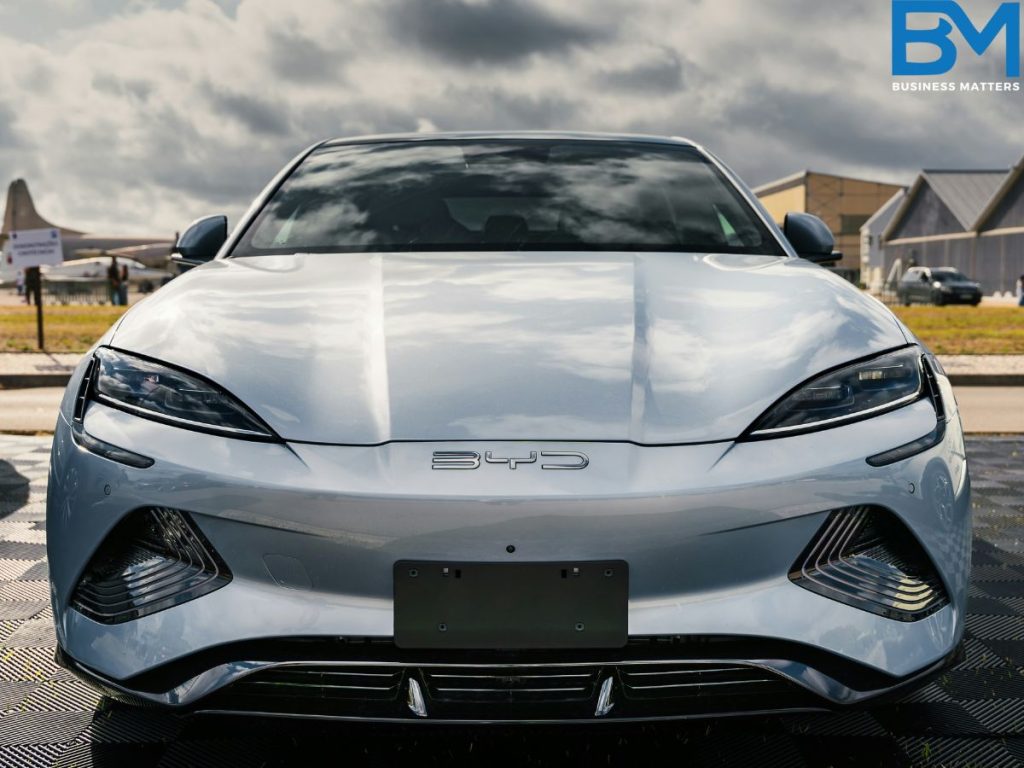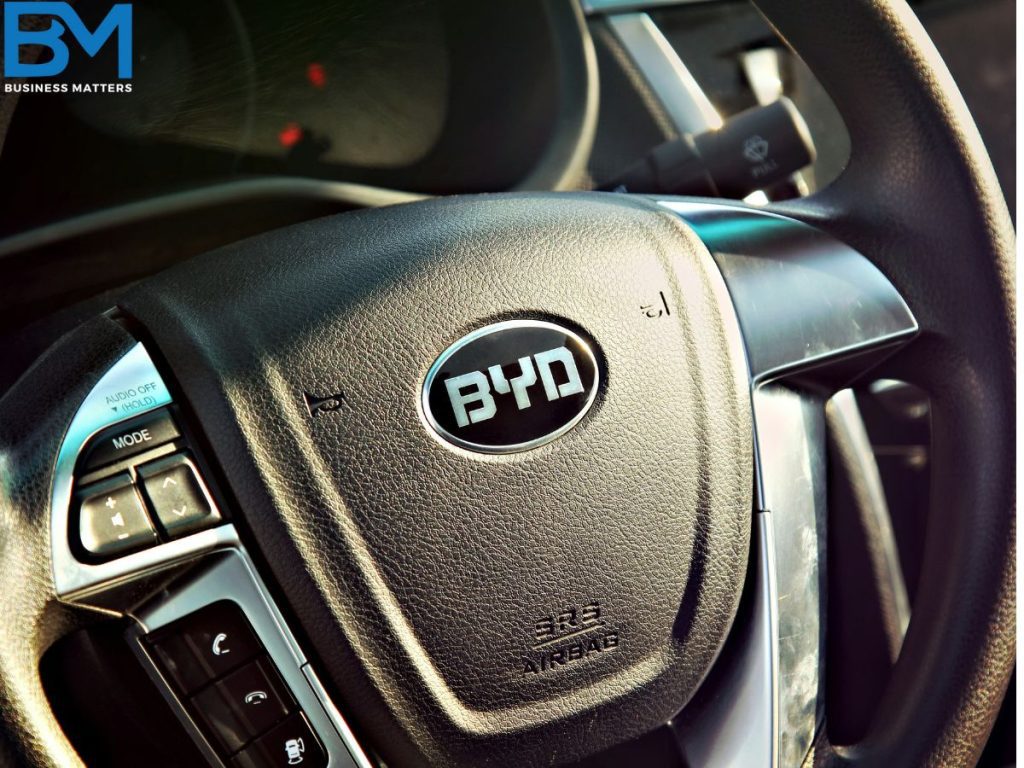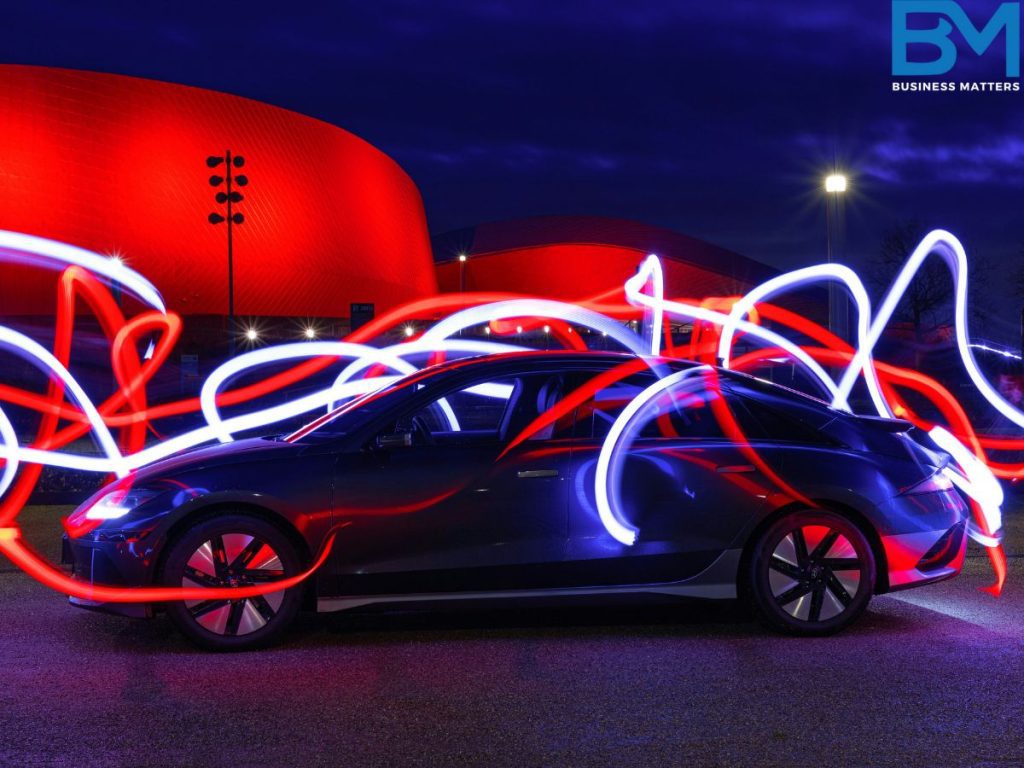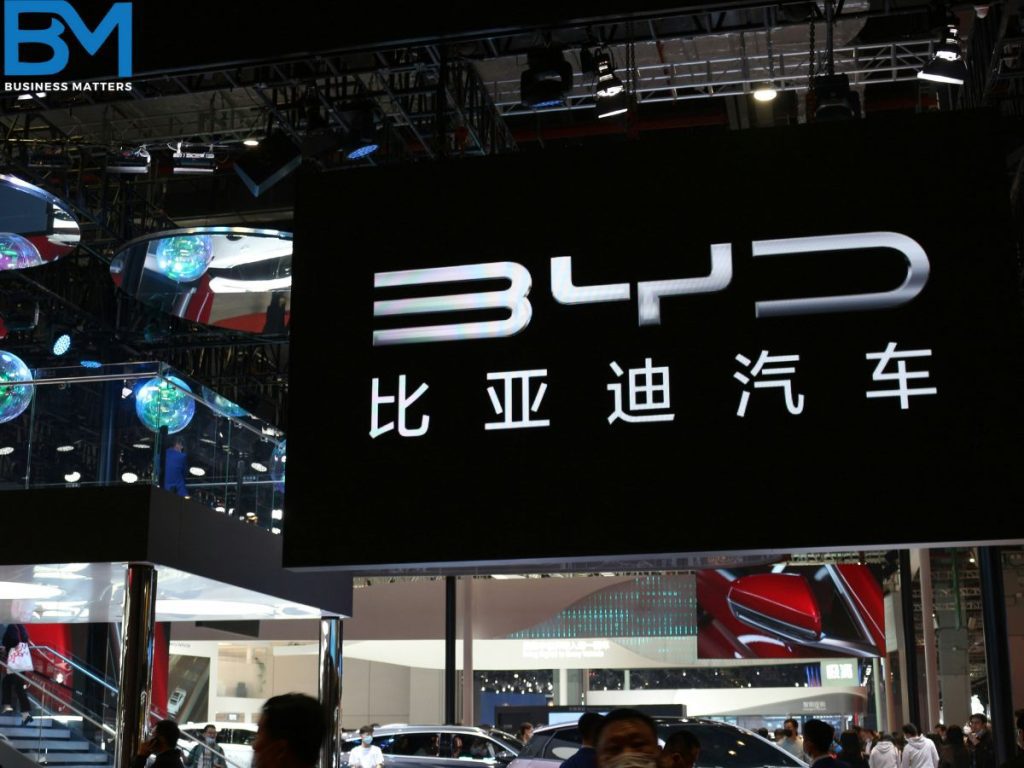In the world of automobiles, few brands have experienced meteoric growth and transformative success like BYD Auto. Once a small battery manufacturer, BYD Auto has evolved into the world’s largest automobile brand by volume, dominating the electric vehicle (EV) market and reshaping global transportation. This blog delves into BYD Auto’s remarkable journey, from its humble beginnings to becoming a trailblazer in sustainable mobility.
Humble Beginnings: The Birth of BYD Auto
BYD Auto is a subsidiary of BYD Company Ltd., which was founded in 1995 by Wang Chuanfu, a visionary entrepreneur with a background in chemistry. The company initially specialized in rechargeable batteries, rapidly becoming a global leader in this niche. By the early 2000s, BYD supplied batteries to some of the largest tech giants, including Nokia and Motorola.
The transition to the automobile industry came in 2003 when BYD acquired Qinchuan Automobile Company. This strategic move marked the birth of BYD Auto. Leveraging its expertise in batteries, BYD sought to create a new kind of automobile: one powered by electricity rather than fossil fuels.
The Electric Vision: A Game-Changer in Mobility
Wang Chuanfu’s vision for BYD Auto was clear from the start: to lead the world in sustainable mobility. Long before many global automakers recognized the potential of EVs, BYD Auto had already been investing heavily in research and development. The company’s early focus on electric and hybrid vehicles allowed it to gain a significant competitive edge.
Milestones in BYD’s EV Development:
- F3DM (2008): BYD launched the F3DM, the world’s first mass-produced plug-in hybrid electric vehicle (PHEV). This groundbreaking model demonstrated the company’s technical prowess and commitment to clean energy solutions.
- BYD e6 (2010): The BYD e6, an all-electric vehicle, debuted as a taxi in several cities worldwide. Its success highlighted the practicality and reliability of EVs in commercial applications.
- Tang Series (2015): The Tang SUV series combined luxury, performance, and hybrid technology, solidifying BYD’s reputation as a leader in the high-performance EV segment.
Strategic Partnerships and Global Expansion

One of the keys to BYD Auto’s success has been its ability to forge strategic partnerships. Collaborations with companies like Toyota and Daimler provided BYD with the technical expertise and market insights needed to scale its operations.
BYD also strategically positioned itself in global markets. The company entered regions such as Europe, North America, and Southeast Asia, targeting both consumer and commercial sectors. By establishing local manufacturing facilities and distribution networks, BYD ensured its products could compete on price and quality.
Vertical Integration: BYD’s Secret Weapon
A defining feature of BYD Auto’s strategy is its vertical integration. Unlike many automakers that rely on third-party suppliers for key components, BYD produces nearly everything in-house, including batteries, semiconductors, and electric motors. This approach offers several advantages:
- Cost Efficiency: By controlling the supply chain, BYD minimizes production costs, enabling competitive pricing.
- Quality Control: In-house production ensures that all components meet BYD’s stringent quality standards.
- Innovation: Vertical integration allows BYD to quickly implement technological advancements and stay ahead of the competition.
Dominance in the EV Market
BYD’s relentless focus on innovation and sustainability has paid off. By 2022, the company surpassed Tesla to become the world’s largest EV manufacturer by sales volume. Its diverse product lineup, ranging from passenger cars to commercial buses, appeals to a broad customer base.
Key Factors Behind BYD’s Market Leadership:

- Affordable Pricing: BYD’s vertically integrated supply chain enables it to offer high-quality EVs at competitive prices, making electric mobility accessible to more people.
- Battery Technology: As a pioneer in battery production, BYD developed the Blade Battery, a revolutionary lithium iron phosphate (LFP) battery known for its safety, longevity, and performance.
- Government Support: In its home market of China, BYD benefited from government incentives and policies promoting EV adoption. Subsidies, tax breaks, and investments in charging infrastructure created a fertile ground for BYD’s growth.
- Global Outreach: BYD’s entry into international markets has been strategic and calculated. Its partnerships with local governments and businesses have facilitated the rapid adoption of its EVs globally.
BYD’s Contribution to Sustainability
BYD’s commitment to sustainability extends beyond producing electric vehicles. The company has undertaken numerous initiatives to reduce its environmental impact and promote clean energy:
- Solar Energy Solutions: BYD manufactures solar panels and energy storage systems, enabling households and businesses to harness renewable energy.
- Electrified Public Transport: BYD’s electric buses and trucks are used in cities worldwide, significantly reducing urban air pollution.
- Zero-Emission Factories: Many of BYD’s manufacturing facilities operate using renewable energy, aligning with its mission of creating a sustainable future.
Challenges Along the Way
Despite its success, BYD has faced its share of challenges. Intense competition from global automakers and new entrants in the EV space has required the company to continuously innovate. Additionally, geopolitical tensions and trade barriers have occasionally hindered its international expansion efforts.
However, BYD’s resilience and adaptability have allowed it to navigate these obstacles effectively. By focusing on its core strengths and doubling down on R&D, the company has maintained its leadership position.
Looking Ahead: BYD’s Vision for the Future

BYD’s ambitions extend far beyond dominating the EV market. The company aims to play a central role in the transition to a zero-emission world. Its long-term vision includes:
- Autonomous Driving: BYD is investing heavily in artificial intelligence and autonomous driving technologies to shape the future of mobility.
- Global Leadership: The company plans to expand its presence in key markets, including Europe and North America, challenging established automakers on their home turf.
- Energy Ecosystems: BYD envisions a future where its products form part of an integrated energy ecosystem, combining EVs, renewable energy, and smart grids.
Conclusion
The success story of BYD Auto is a testament to the power of vision, innovation, and perseverance. From its beginnings as a battery manufacturer to becoming the world’s largest automobile brand, BYD has consistently pushed the boundaries of what’s possible in the automotive industry. By prioritizing sustainability and leveraging cutting-edge technology, BYD has not only transformed itself but also the future of mobility.
As the world continues to embrace electric vehicles, BYD stands at the forefront, driving the global shift toward a cleaner, greener planet. Its journey is far from over, and the company’s next chapter promises to be just as groundbreaking as the last.


